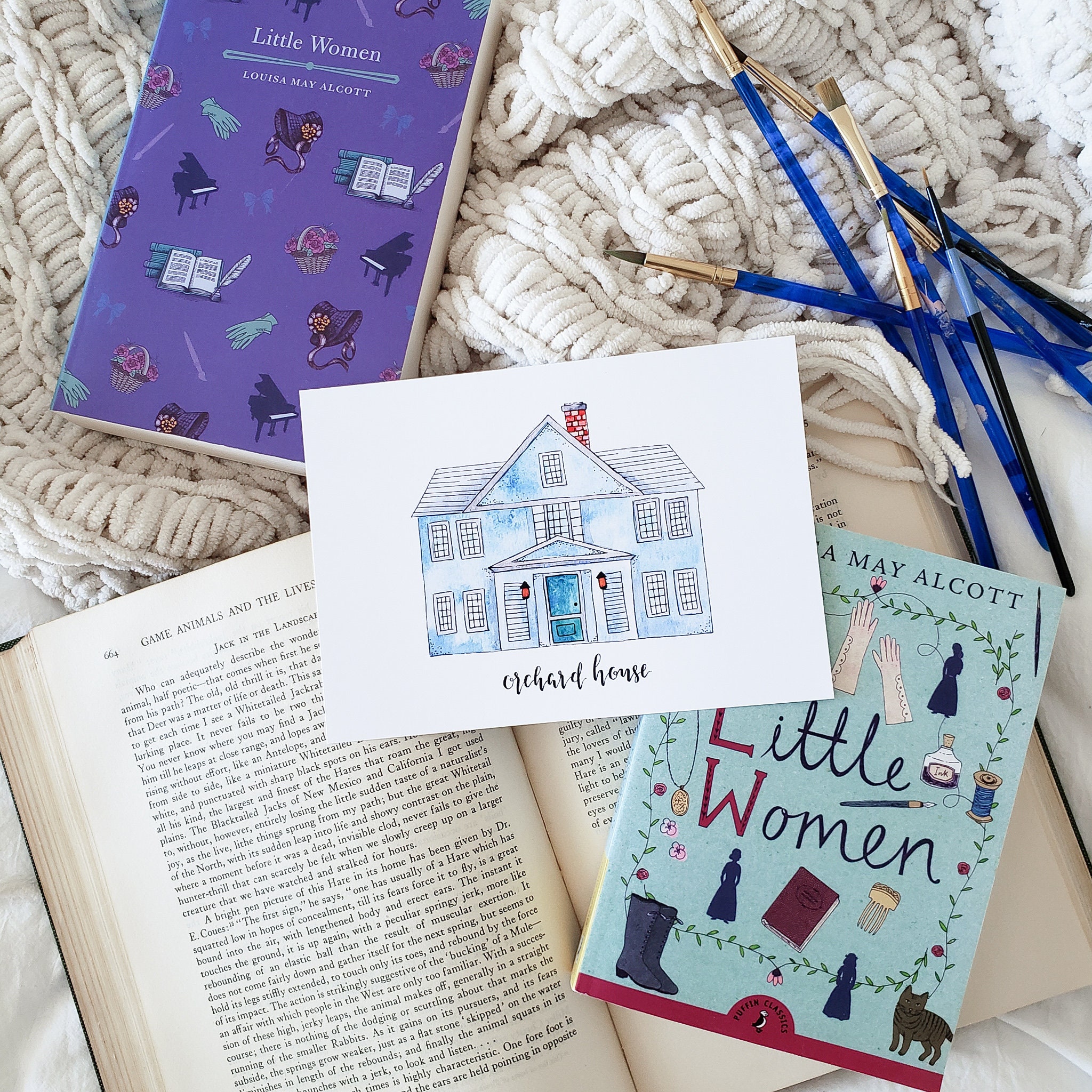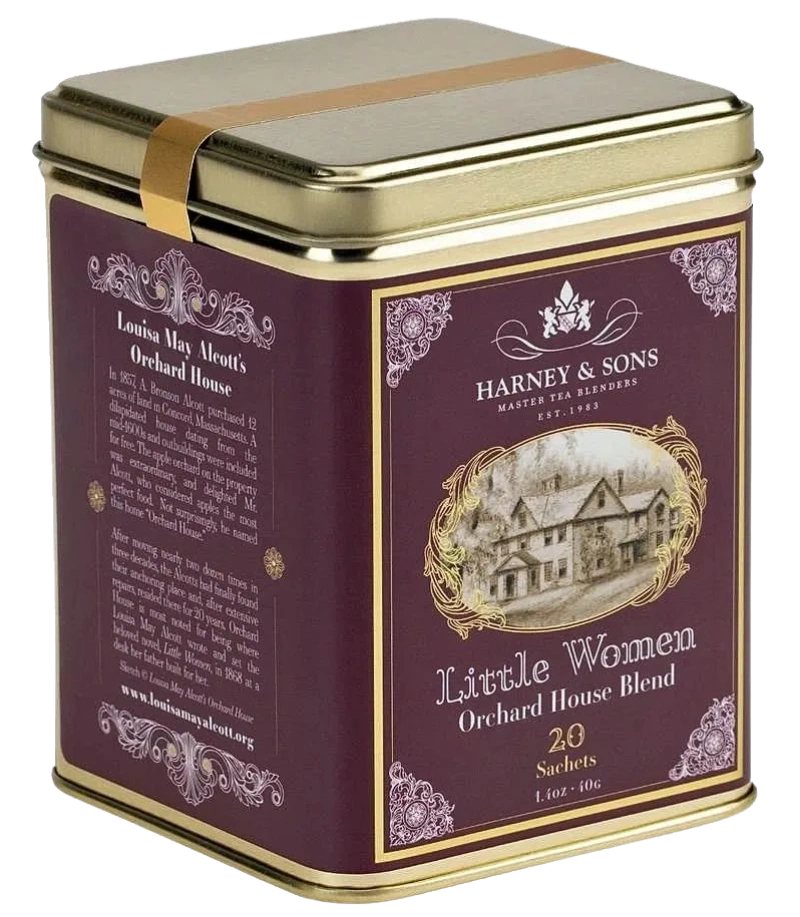


See Susan’s article, “Bronson Alcott’s Search for Eden: Fruitlands” on pages 64-65 in the Winter 2020 edition ( click here to read) See Susan’s article, “Alcott’s Hidden Critics: An International Sleuthing Project” (co-authored by Lorraine Tosiello) on pages 56-57 in the Spring 2021 edition ( click here to read) See Susan’s article, ” Experiencing The Wayside as Hillside, Home of the Alcotts” on pages 48-49 in the Fall 2021 edition ( click here to read) Named the New Business of the Year (2020) by the Middlesex West Chamber of Commerce Susan is an active member and supporter of the Louisa May Alcott Society, the Fruitlands Museum, and Louisa May Alcott’s Orchard House.įor a comprehensive list of blog posts by name, download this document: Guided tours introduce visitors to the family members themselves, the household items that held meaning to them, their individual and collective achievements and lasting impact, as well as their influence on characters in the beloved novel, Little Women.Begun in 2010, this blog offers analysis and reflection by Susan Bailey on the life, works, and legacy of Louisa May Alcott and her family.

Since approximately 80% of the furnishings on display were owned by the Alcotts, the rooms look very much as they did when the family lived here, causing many modern-day visitors to comment that, "A visit to Orchard House is like a walk through Little Women!" The house is most noted for being where Louisa May Alcott wrote and set her beloved classic, Little Women, in 1868 at a "shelf desk" her father built especially for her.įortunately, there have been no major structural changes to the house since the Alcotts' time, with ongoing preservation efforts adhering to the highest standards of authenticity. It is not surprising, then, that he should name his home "Orchard House."Īfter moving more than twenty times in nearly thirty years, the Alcotts had finally found their anchoring place at Orchard House, where they lived until 1877. Alcott, who considered apples the most perfect food. The grounds also contained an orchard of 40 apple trees which greatly appealed to Mr. He then moved a small tenant farmhouse and joined it to the rear of the larger house, making many improvements over the course of the next year, as he detailed in his journals.

In 1857, Amos Bronson Alcott purchased 12 acres of land with a manor house that had been on the property since the 1660s for $945.


 0 kommentar(er)
0 kommentar(er)
